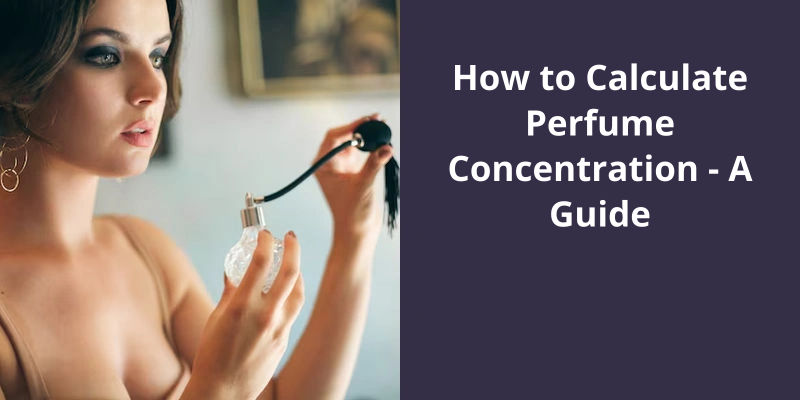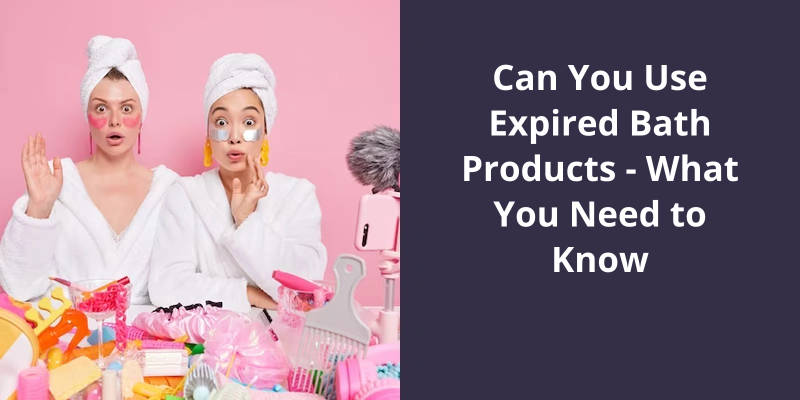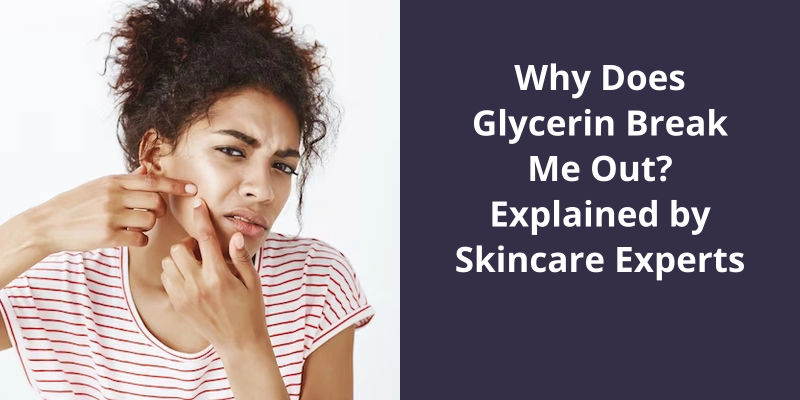Calculating perfume concentration involves knowing the ratio of perfume oils to the total amount of perfume. The concentration percentage is derived by figuring out how much of the perfume’s total volume is made up of the fragrance oils. If a perfume has 20 ml of fragrance oil in a 100 ml bottle, the concentration is 20% because the fragrance oil makes up 20% of the total perfume. However, this is a basic calculation and some other ingredients might also be considered when perfumes are professionally produced.

What Are the Concentrations of Perfume?
Perfume is a fragrant liquid made up of essential oils, aroma compounds, fixatives, and solvents. The concentration of these ingredients isn’t the same in all perfumes and varies depending on the type of perfume. There are four main concentrations of perfume, which are often indicated on the label of the bottle. This information is useful in choosing the right fragrance for your needs.
Lets start with Parfum, which has the highest concentration of perfume oil. This concentration is usually in the range of 20-40%, making it the most potent and long-lasting fragrance option. With such a high concentration of oils, Parfum has a strong scent that lasts for several hours. People who prefer a rich, distinct fragrance that can last throughout the day tend to opt for Parfum.
Eau de Parfum is the next concentration level, with a concentration of perfume oils that ranges between 15-20%. This is a lighter version of Parfum, but it still packs quite a punch. Eau de Parfum is an excellent choice for people who want a long-lasting fragrance without smelling too overwhelming. It’s perfect for everyday use and can last up to eight hours.
This fragrance is lighter than the Parfum and Eau de Parfum, so it won’t last as long. However, it’s still a popular choice for people who want a scent thats not overpowering. Eau de Toilette is perfect for casual wear, and it typically lasts around four hours.
This fragrance is the most subtle and lasts for only a few hours. It’s an excellent option for people who want a refreshing fragrance that won’t overwhelm their senses. Eau de Cologne is perfect for everyday use, especially during the warmer months when light scents are preferred.
The History and Evolution of Perfume Concentrations Over Time
Perfume concentrations have changed throughout history, starting with aromatic oils used by ancient Egyptians and Greeks. In the Middle Ages, perfumes were made with herbs and flowers and became popular among European nobility. The modern perfume industry began in the late 19th century, with higher concentrations of fragrances being developed for commercial use. Today, perfumes are categorized by their concentration levels, ranging from eau de cologne to parfum.
Conclusion
In conclusion, calculating perfume concentration may seem like a daunting task, but it can be achieved with relative ease using a simple formula that takes into account the weight of the perfume formula and the volume of the final product. It’s worth noting that the concentration can vary depending on personal preference, but with a bit of trial and error, you can achieve the desired result. Remember to always measure accurately and keep a record of your calculations to ensure consistency in future perfume batches.





